A Liar’s Autobiography uses various animation techniques to shed light on the outrageous life and career of the late Monty Python player, Graham Chapman.
It sounds like a classic Monty Python sketch—an actor playing himself in an animated autobiographical film 23 years after he dropped dead. But, as fans of the classic British comedy group might expect, things are always completely different when it comes to Monty Python because that’s exactly what happened with A Liar’s Autobiography: The Untrue Story of Monty Python’s Graham Chapman.
The film takes a unique approach, using a recording of Chapman reading his sex- and booze-filled autobiography to narrate the film and play himself. The visuals are all animated, using 14 different animation studios all working in different styles to visualize the tale. And, of course, it’s in 3-D.
Jeff Simpson, a producer and director who specialized in pop culture documentaries for the BBC, started looking into a project about Chapman, who died of throat cancer in 1989 at the age of 48.
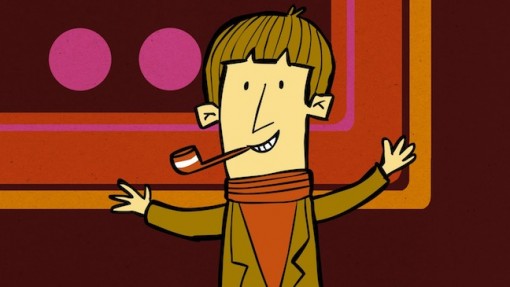
“I was interested in the idea that he was a man who was openly gay, but secretly alcoholic,” says Simpson.
He traveled in 2007 to Wales to ask Chapman’s longtime partner, David Sherlock, about any materials such as home movies that could be used as the basis for a documentary. Sherlock had nothing like that, but he did mention the tapes, which had circulated for years in collector circles.
“Eventually, when these tapes came into my hands, I realized that we’ve got something very special,” says Simpson.
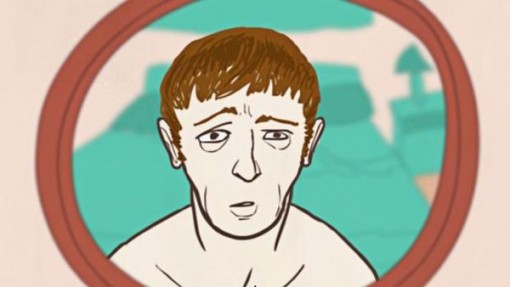
He took the idea to Bill Jones and Ben Timlett of Bill & Ben Productions. Friends since childhood, the pair was just finishing producing the six-part documentary series Monty Python: Almost the Truth (Lawyer’s Cut). And Jones’ father is Python member Terry Jones, giving them an obvious connection to the material.
“We didn’t want to do another sort of talking heads based documentary,” says Timlett. “But Jeff showed us his idea. He’d done a little teaser and he’d had little bits of animation done for just those pieces.”
The pair had been experimenting with short animated segments, having put some into Almost the Truth. Using animation to recreate scenes from the book in different styles and possibly getting the other Python members on board to record new scenes with Chapman, 20 years apart, was exciting. Tacking on stereoscopic 3-D as a “marketing gimmick,” they were off to the races.
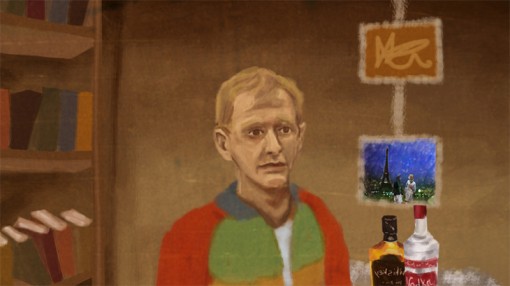
Jones says they began by taking the audio and cutting it down from about three hours to the 80-minute running time of the film, and turning it into a script with roles for the Pythons and other actors to contribute. Jones’ family connections made it easy to get the other Python members on board to record their own voices and play other roles in the film.
“They’ve all sort of enjoyed what’s become of Python in terms of them being able to go and do their own things,” says Timlett. “And Graham really didn’t have enough of that because he sadly died so young. So I think from that point of view they were all really keen to do something for Graham.”
Simpson says the recording was a matter of logistics, with Terry Jones and Michael Palin coming in together to record in London, as did Terry Gilliam. John Cleese recorded his parts from a studio in St. Lucia, taking a little bit of direction over Skype from the directors.
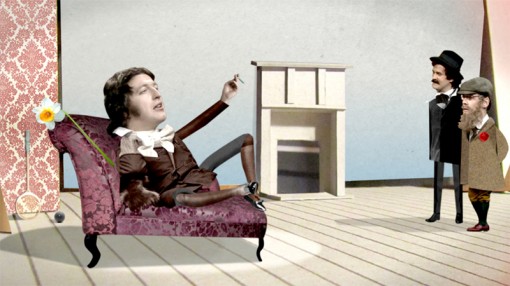
Additional voices were provided by the likes of Stephen Fry, who just happened to be in the same building as Bill & Ben Productions, and quickly accepted when asked on the spot.
The producers also sought out a gratuitous celebrity guest role, and in the Python tradition, found it by casting Cameron Diaz as the voice of Sigmund Freud. Simpson says that came about through a simple e-mail request to her manager.
“We said: ‘We hope you don’t mind being typecast once again as the father of modern psychoanalysis. If you can just do it one more time, Cameron … ,’” Simpson says.

Production began with the directors working off a list of about 60 animation studios assembled by their animation producer, Justin Weyers. Timlett says they looked through each candidate’s show reel, settled on three choices for each segment, then went out to those candidates and asked them to pitch.
The concept evolved from one in which each decade of Chapman’s life would have a different style to one in which styles would be tailored to smaller segments…
“As we saw more and more ideas coming through from fantastic animators, we started to think, ‘Oh, we need that, we need that … ,’” says Simpson. “And I think that’s how we ended up with so many different styles in the film. We couldn’t decide!”
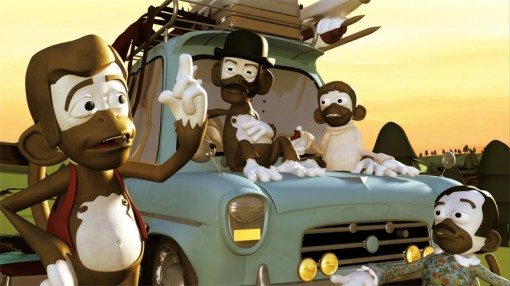
The trio put together a mood bible and each took responsibility as a point of contact for specific animators. In all, 14 different animation studios contributed to the film, all from the U.K. save for one American provider. Each provided an animatic that was used to make and test the first cut of the film. After some structural adjustments, the animators were let loose.
The process for each animator was completely different, with some constantly submitting images for feedback, while others preferred to work on their own.
“We had to really learn how to approach them very, very differently, and we had to get a sense of how they wanted to deal with us, as well,” says Timlett.
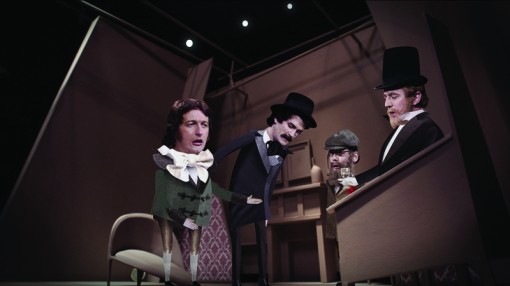
The animators brought many ideas to the project, from transitions to using graphics that convey underlying themes. Simpson says one such scene involved a long scene of dialog between Chapman and Cleese set on the Spanish island of Ibiza.
“In the book that’s set in a house, and they mention, ‘Oh, we’re going to need bikes to explore the island.’ So we wrote that scene that they would be on bikes, plural, and then it was the animators who came up with the idea of them being on a tandem, because that’s a metaphor for John doing all the work and Graham slacking off and drinking. We were very excited when that appeared because we hadn’t even thought of that,” Simpson says.
Most of the animators were young—Simpson says the average age was 28—and many of them had to be given period reference.
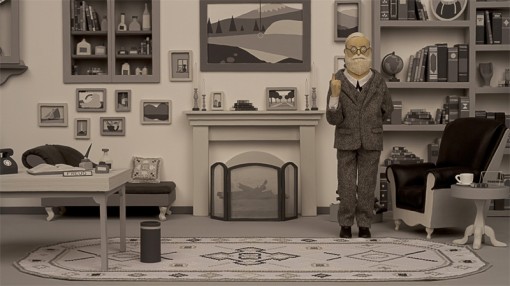
“A lot of the film was set in the ’60s, ’70s and ’80s, and a lot of our animators weren’t around,” says Jones. “I’m the older of the three directors and I did have to give quite a lot of guidance.” He cites in particular a Hollywood party scene, in which such 1970s celebrities as Elvira and The Amazing Kreskin appear. “The animators were very conscientious in doing I guess what you’d call historical research referring to the ’80s.”
The process was invigorating for the directors, who found it rewarding to see so much young talent in the industry.
“From a director’s point of view it’s a joy to work with these kinds of animators who are themselves kind of directors, artists, illustrators and animators,” says Timlett.
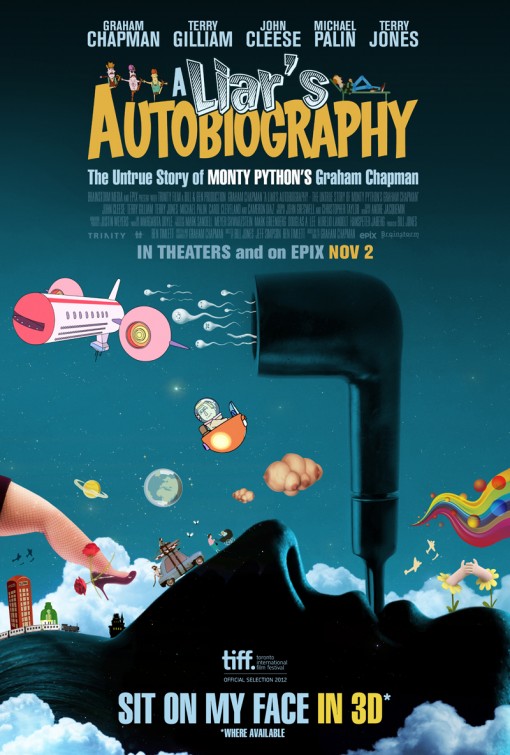
The film has been making festival rounds, having played at the Toronto and London festivals, as well as the recent Rio de Janeiro International Film Festival. Plans are afoot for it to play the Tokyo Film Festival and possibly Berlin.
In the U.S., the film is set for a theatrical release in 3-D on Nov. 2, the same day it premieres on the Epix channel. Theatrical releases in the U.K. and Canada will follow.



 Win a Funko X Lilo & Stitch Prize Pack!
Win a Funko X Lilo & Stitch Prize Pack!

